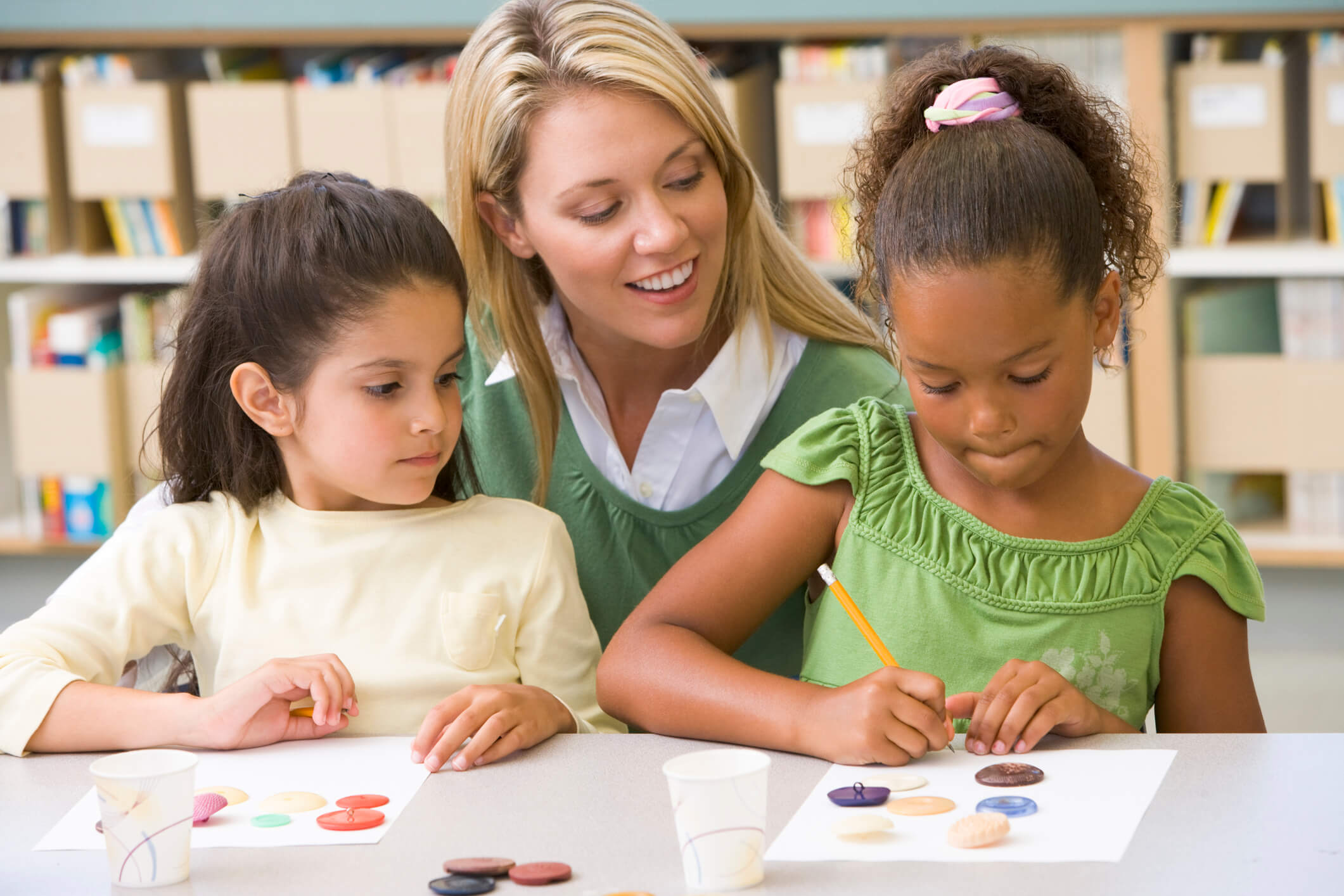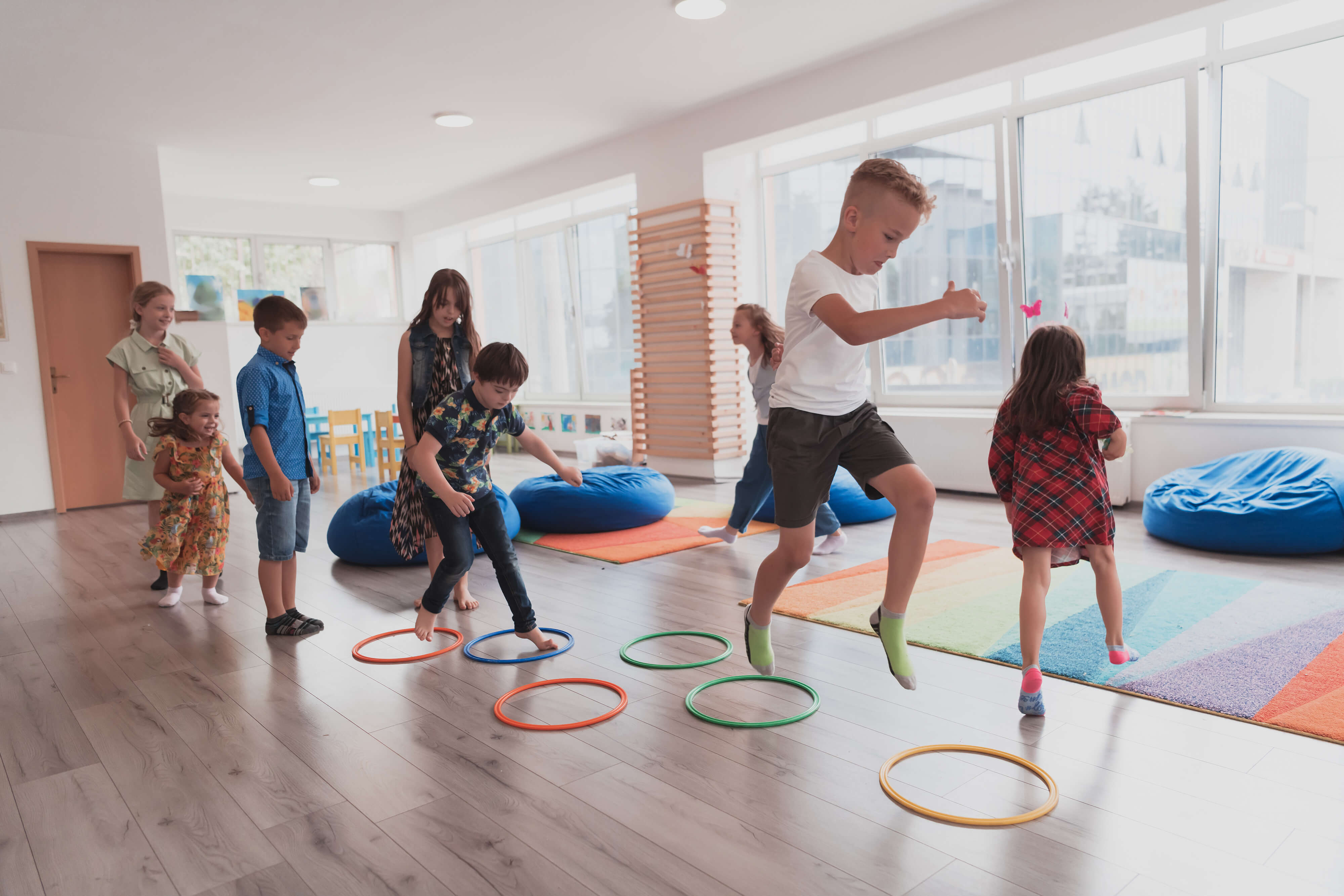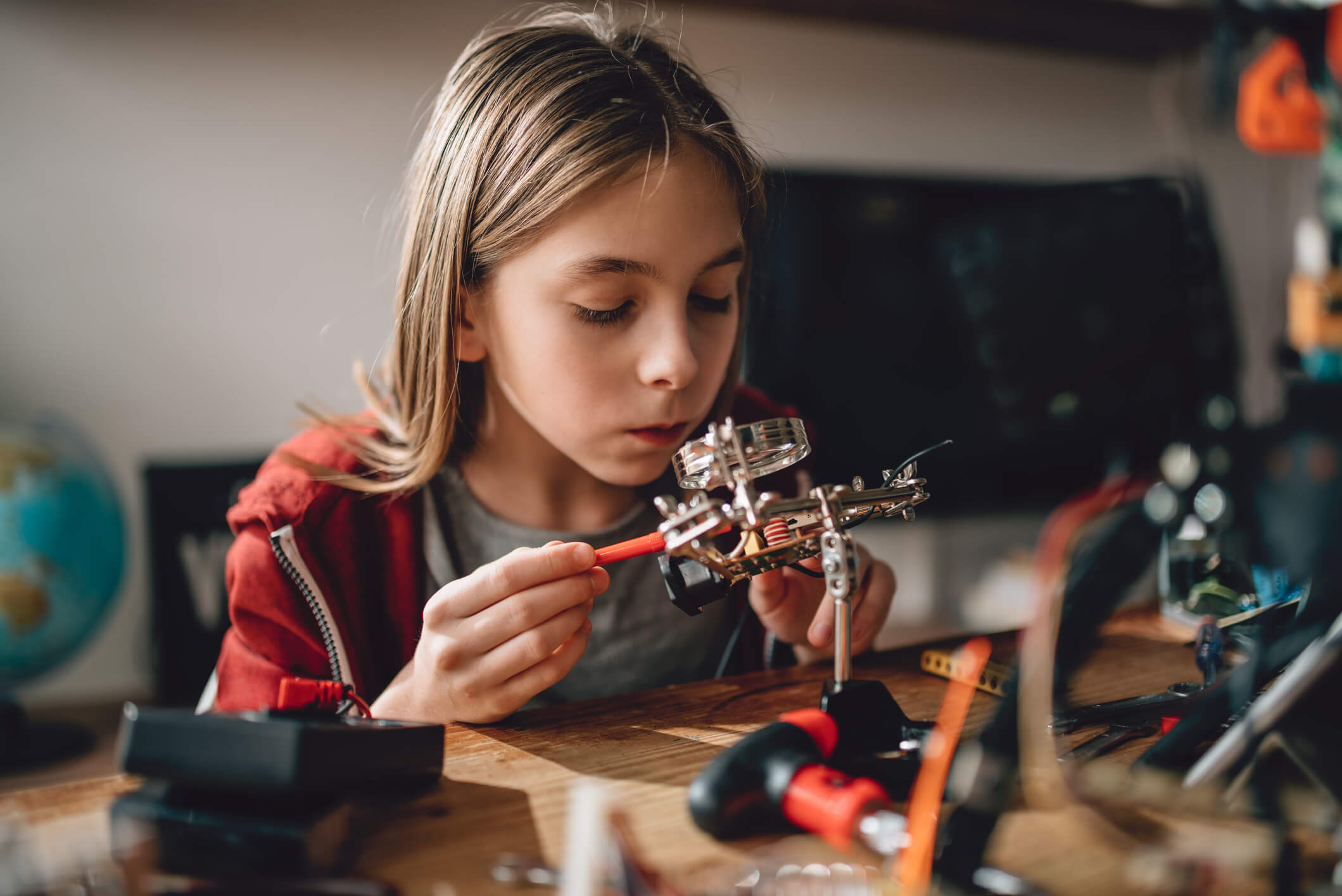Published on December 21st, 2022
Learning strategies for tactile learners
6 minute read
Take the bull by the horns. Get your hands dirty. Dive right in.
These sayings describe the core principles of tactile learning. Tactile learning – also known as kinesthetic learning – requires physically interacting with the world around you.

This style of teaching may not work for everyone, but for tactile learners, the sensation of touch is a crucial part of the learning process. Here at Promethean, we create educational, interactive tools that inspire and excite students.
Our interactive panels are equipped with apps, tools, and functions that cater to all learning styles. Click to browse our full product offerings. In the meantime, keep reading for some of the best teaching and learning strategies for hands-on students.
Types of tactile learning strategies
There are many different ways in which tactile learners engage with the world around them. These are just four of the areas educators find that kinesthetic learners thrive.
Environmental manipulation
This type of learning involves strengthening mental association for new ideas by using physical objects.
Involving coins or tokens can help tactile learners engage with lessons in math or finance. Subjects like science benefit heavily from being taught with props and active participation from the students.

Writing and drawing
Some tactile learners benefit from writing out letters or symbols – or even typing out new ideas. When trying to process information, learners might write ideas down on a whiteboard or create flashcards.
Doodling helps channel excess energy in a non-disruptive way. When applied to lessons, it can be a great way to strengthen mental associations.
Sensory objects and gadgets
Other tactile learners respond positively to lessons involving toys, tools, or novel technology. Students with fidgety hands can squish and roll therapy putty or for a quiet way to concentrate on lessons. Older students enjoy Theraband exerciser balls, which are slightly softer and better for strengthening grip than your standard stress ball.
The good news is, teachers don’t have to purchase new gadgets to cater to the tactile learners in their classroom. Promethean interactive panels offer touch-friendly tools. The spinner and timer are great options to keep fidgety students engaged.
Motion and physical activity
Kinesthetic learners need to move. Taking this into account, educators can use motion and physical action to involve students in what they’re being taught.
Teachers can use their smart panels to pull up yoga or dance videos. Using a dance or hand gesture to link concepts – while seeming silly on its surface – can be an effective way to help students remember lessons. Tactile learners also like to get up and pace now and then to refresh themselves and regain mental focus.

Teaching strategies for tactile learners
Educators can use several strategies to involve students who prefer tactile learning experiences.
Realia
Realia is the process of using real-life objects to build associations with abstract concepts.
For example, using fruits of varying sizes to teach children about the relative size of the planets in our solar system. Or, using grains of rice to demonstrate the number of people living in a particular community.
Proponents of this learning style use tangible objects whenever possible to help form lasting memories.
Experiments
Who doesn’t love a good experiment? They’re critical in teaching subjects like science. They also prove to be very effective at drawing the attention of kinesthetic learners.
Teachers can lead in-person science experiments, such as this fun capillary action project, or an outdoor experiment that students can conduct at home.

Imperatives
Sitting at a desk for hours at a time is counterintuitive to a tactile learner’s classroom experience. Get them up out of their seats.
Using imperatives can be an effective way to keep students involved. Spur them to action. Ask them to stretch, change their seats, or move things about the classroom.
Educational technology
Educational technology can greatly enhance a tactile learner’s classroom experience. An interactive display empowers educators to bring their lesson plans to life. Anyone can create hands-on learning experiences that engage even the most fidget-prone students.
Let students manipulate digital shapes for their geometry lessons or conduct experiments in real time. They can even build their very own virtual city.
Promethean supports tactile learners
Kinesthetic learners thrive when they can feel and manipulate the world around them, using the sense of touch to form new associations.
Educators looking to better engage with the tactile learners in their classroom can turn to many different strategies – including encouraging active participation with interactive display boards.
Request a demo today to see Promethean in action.




